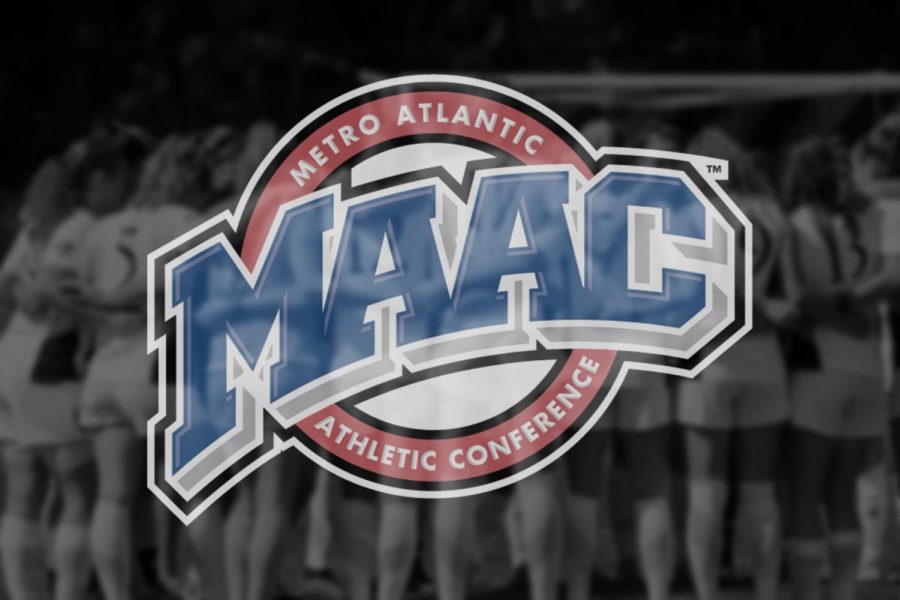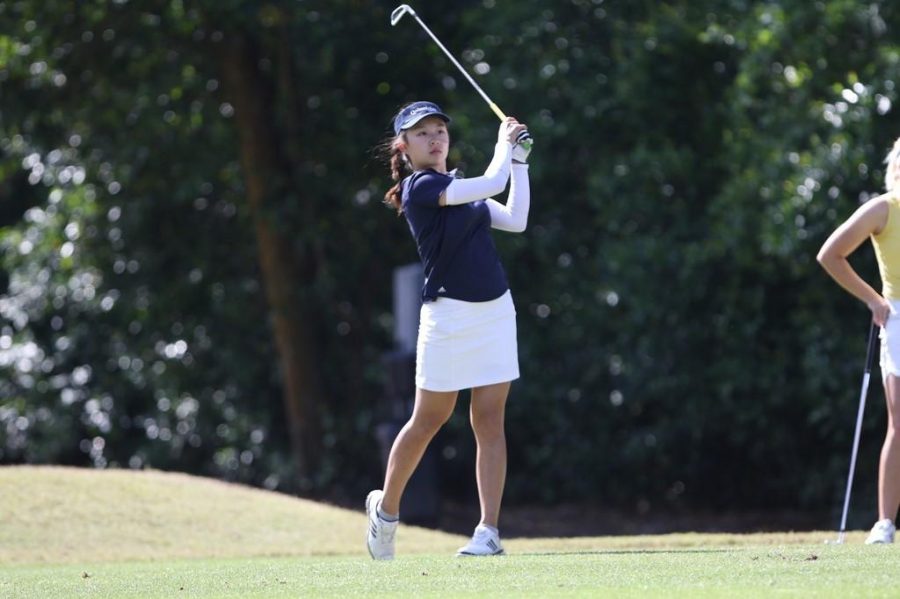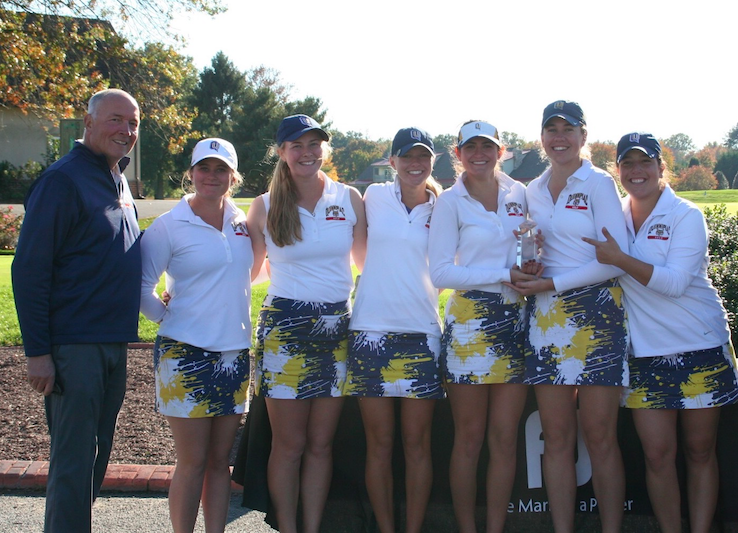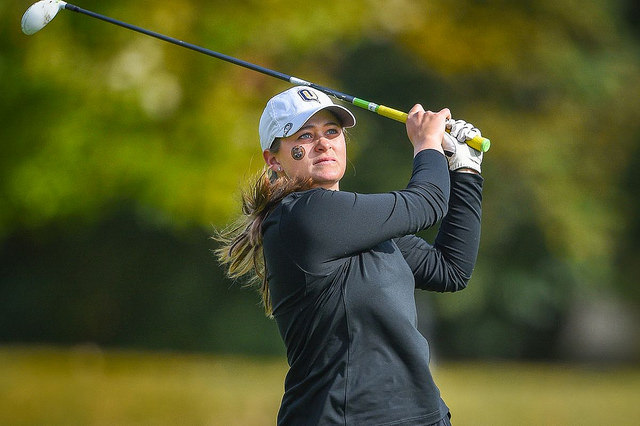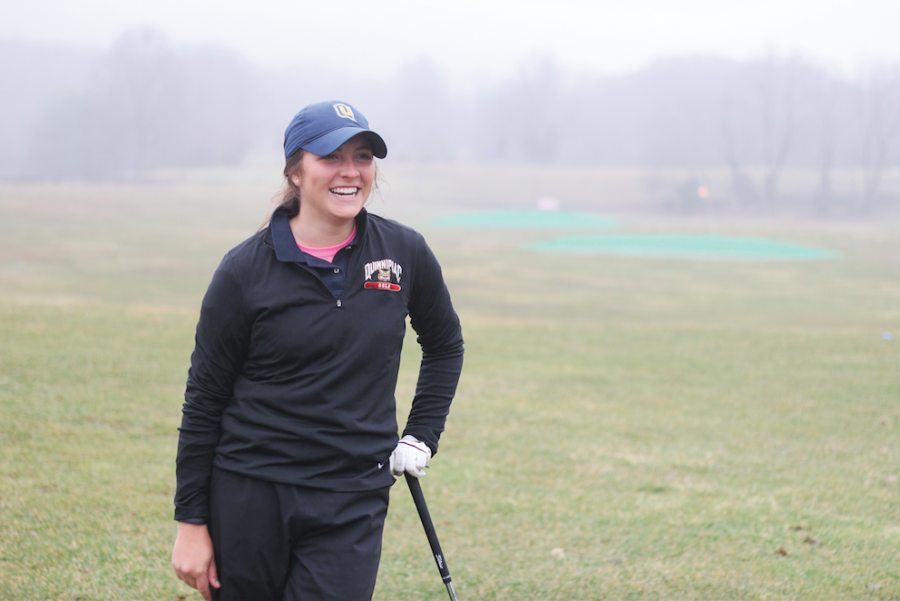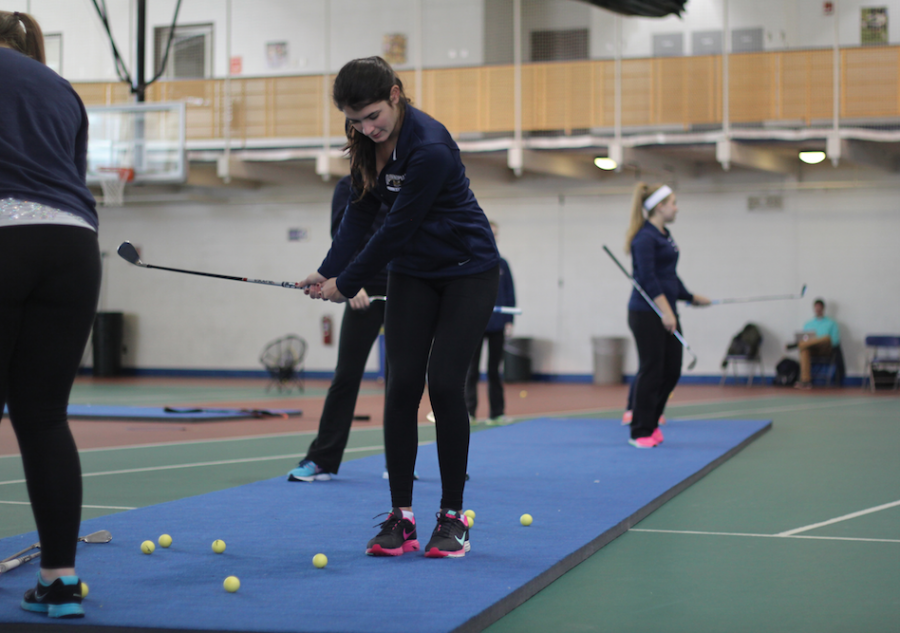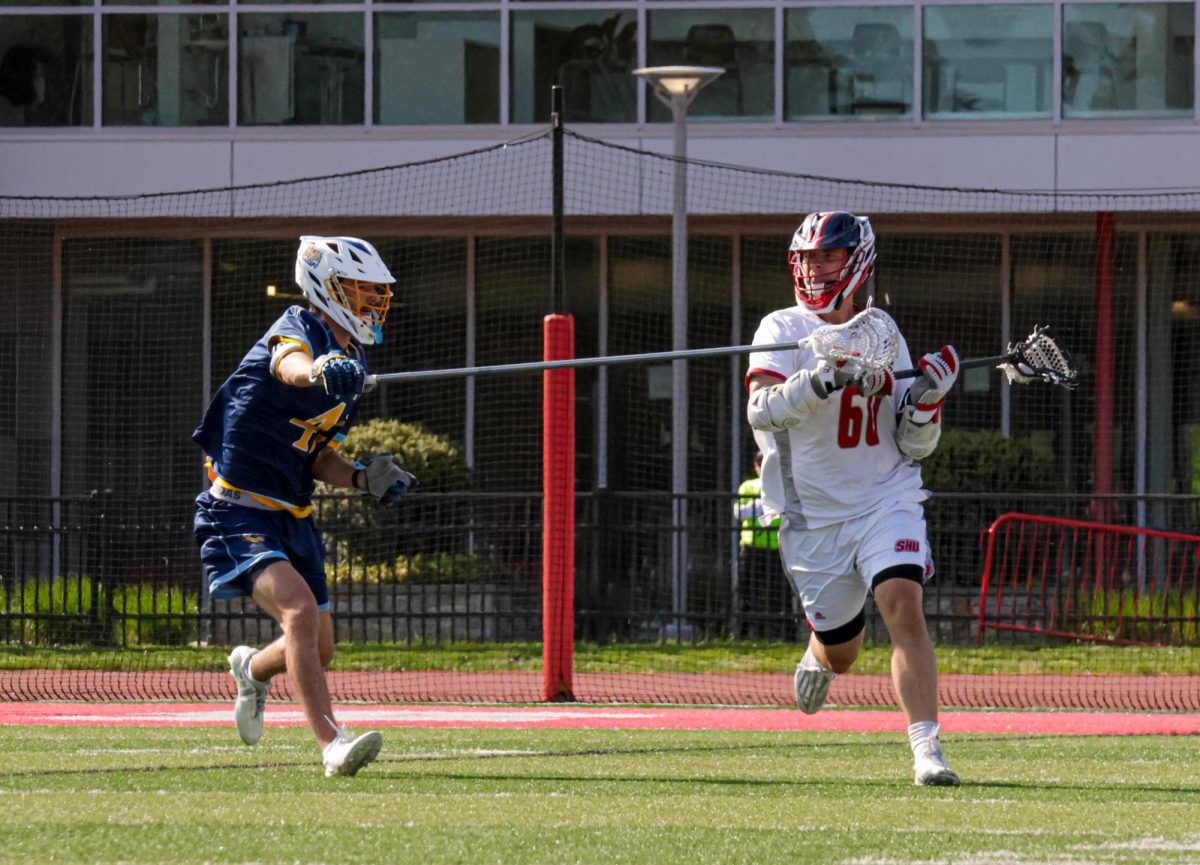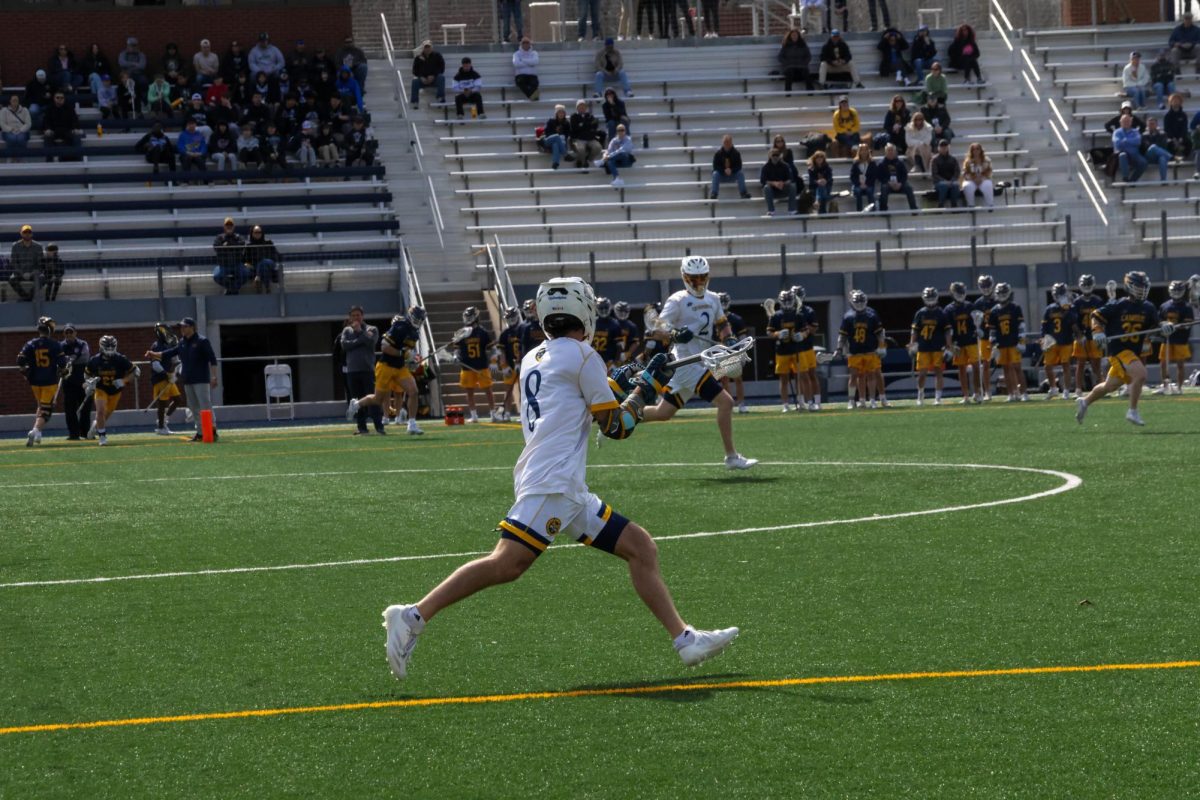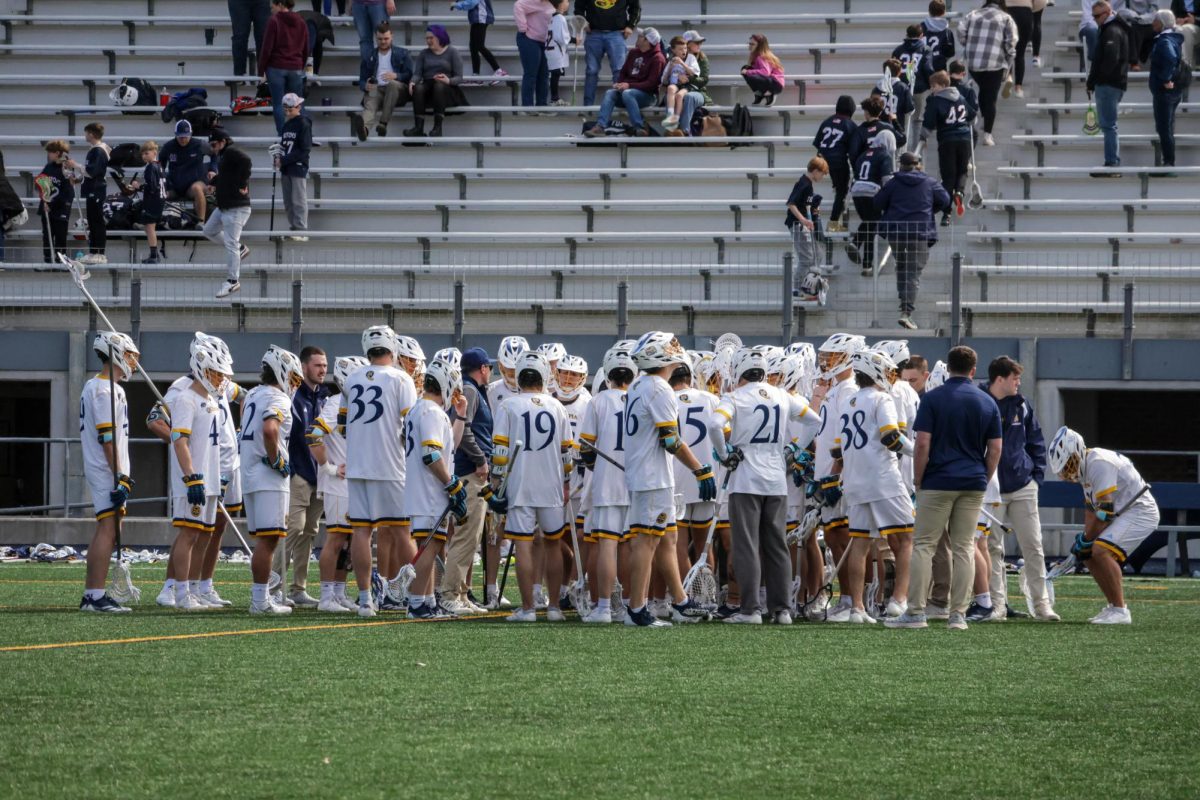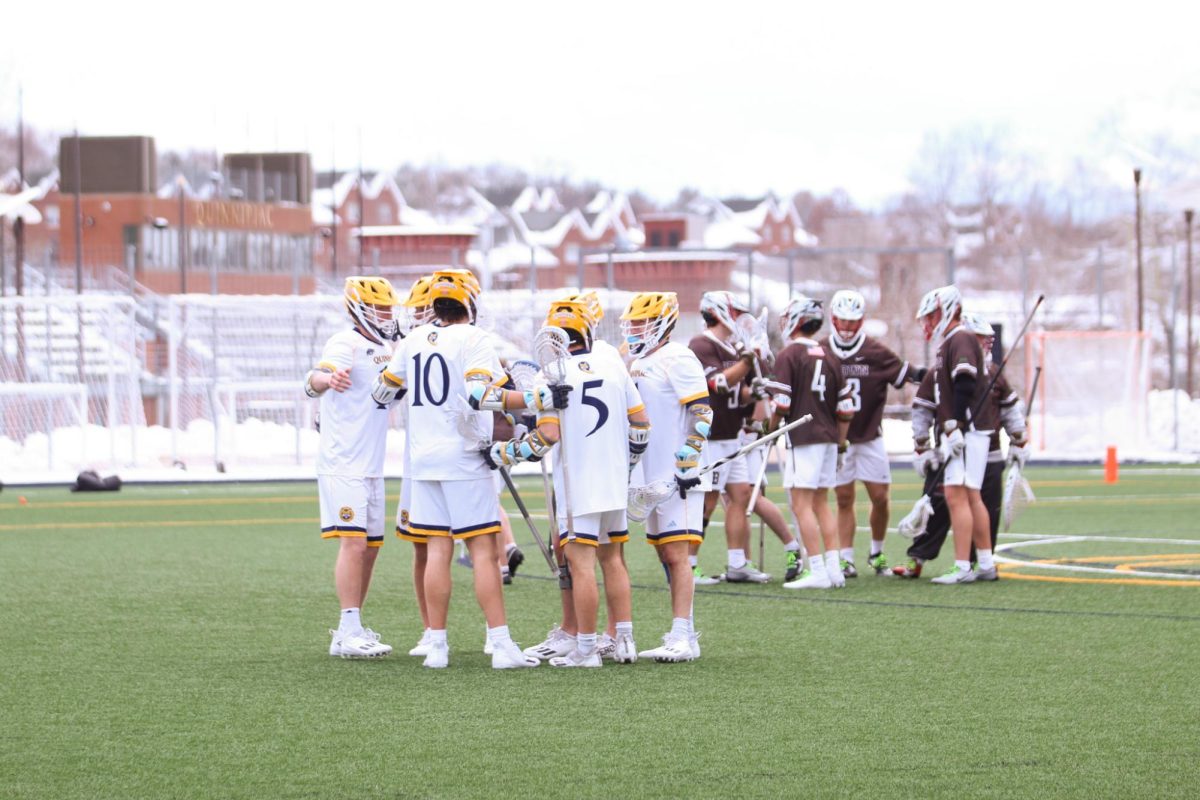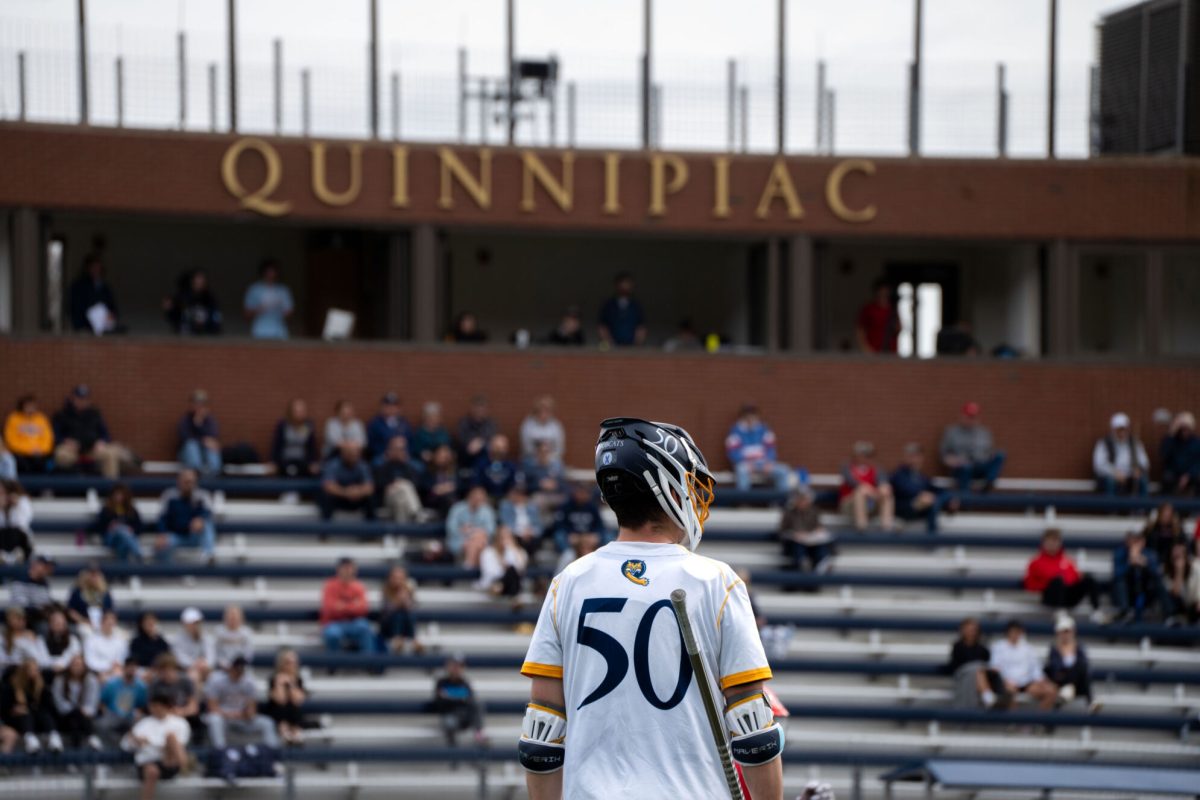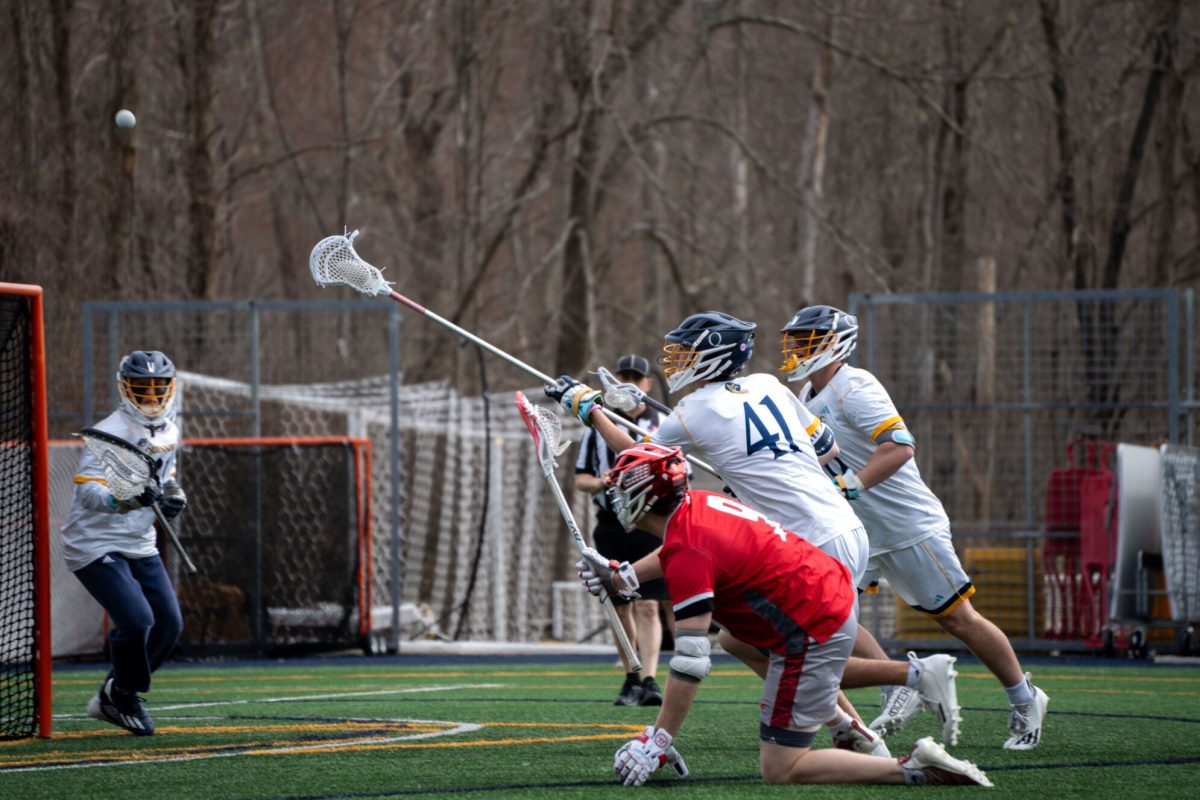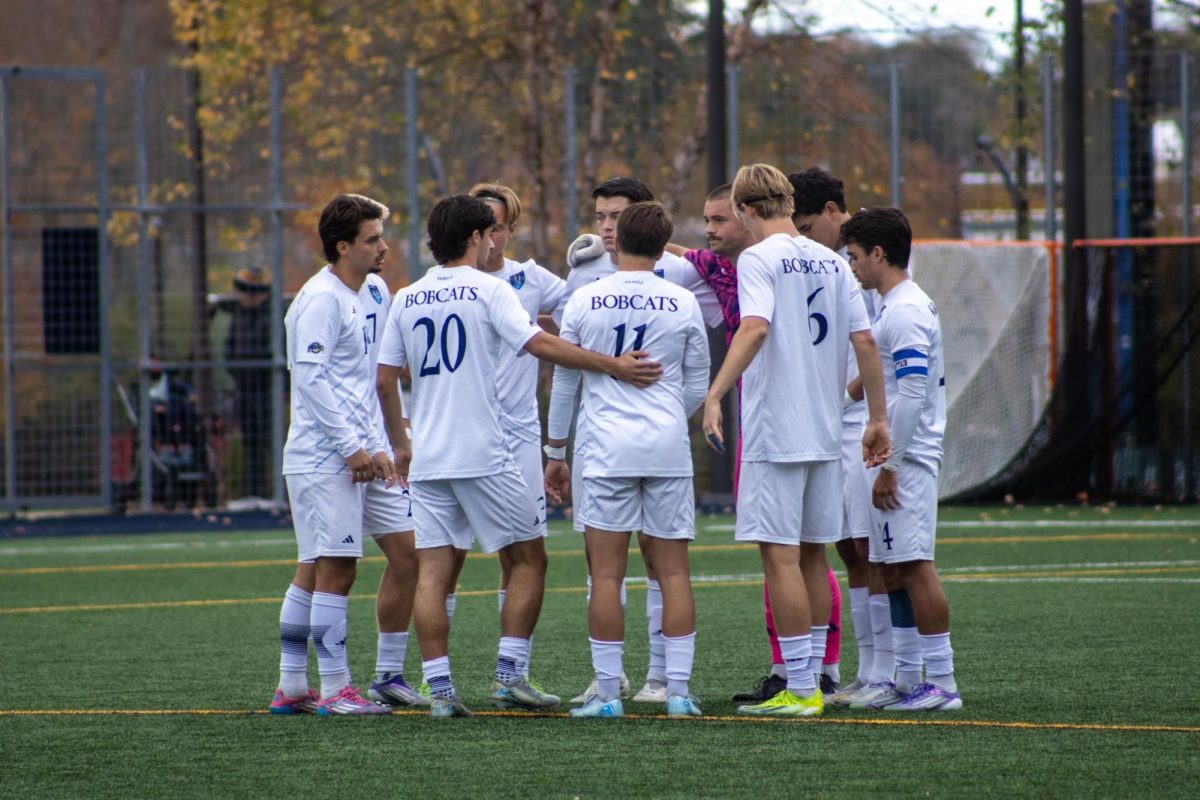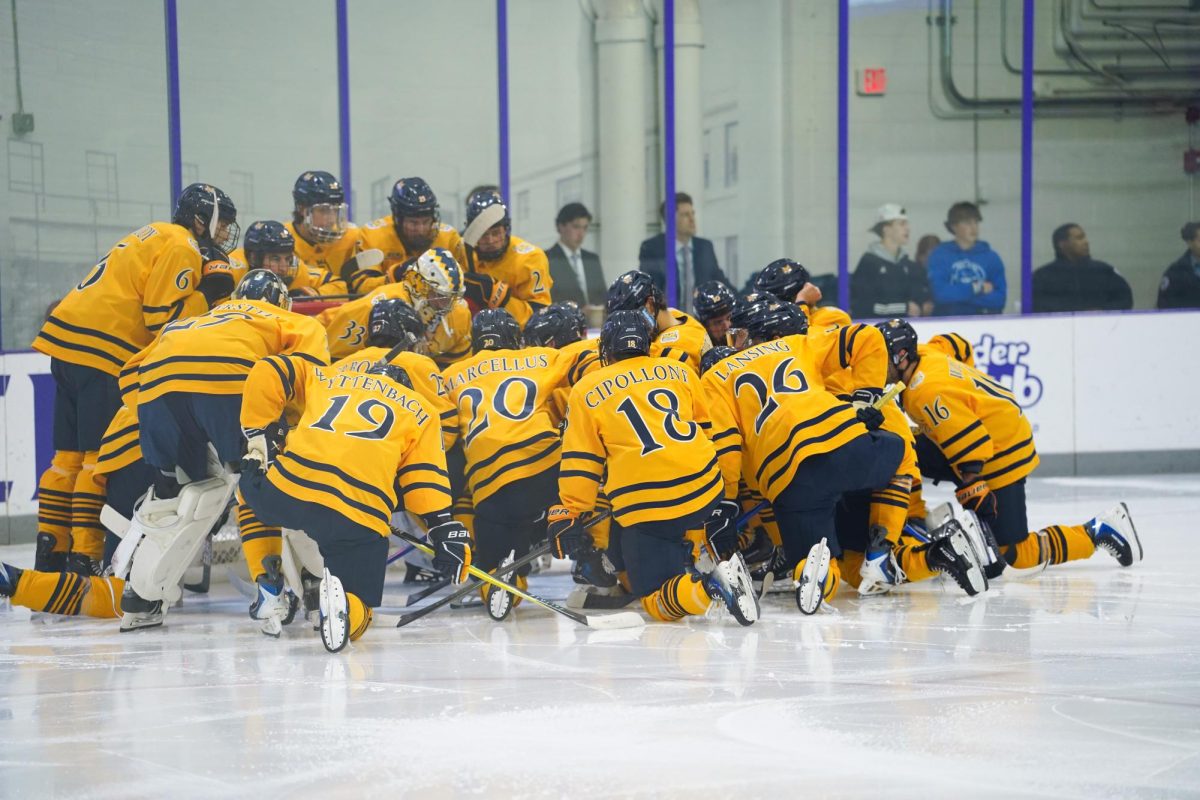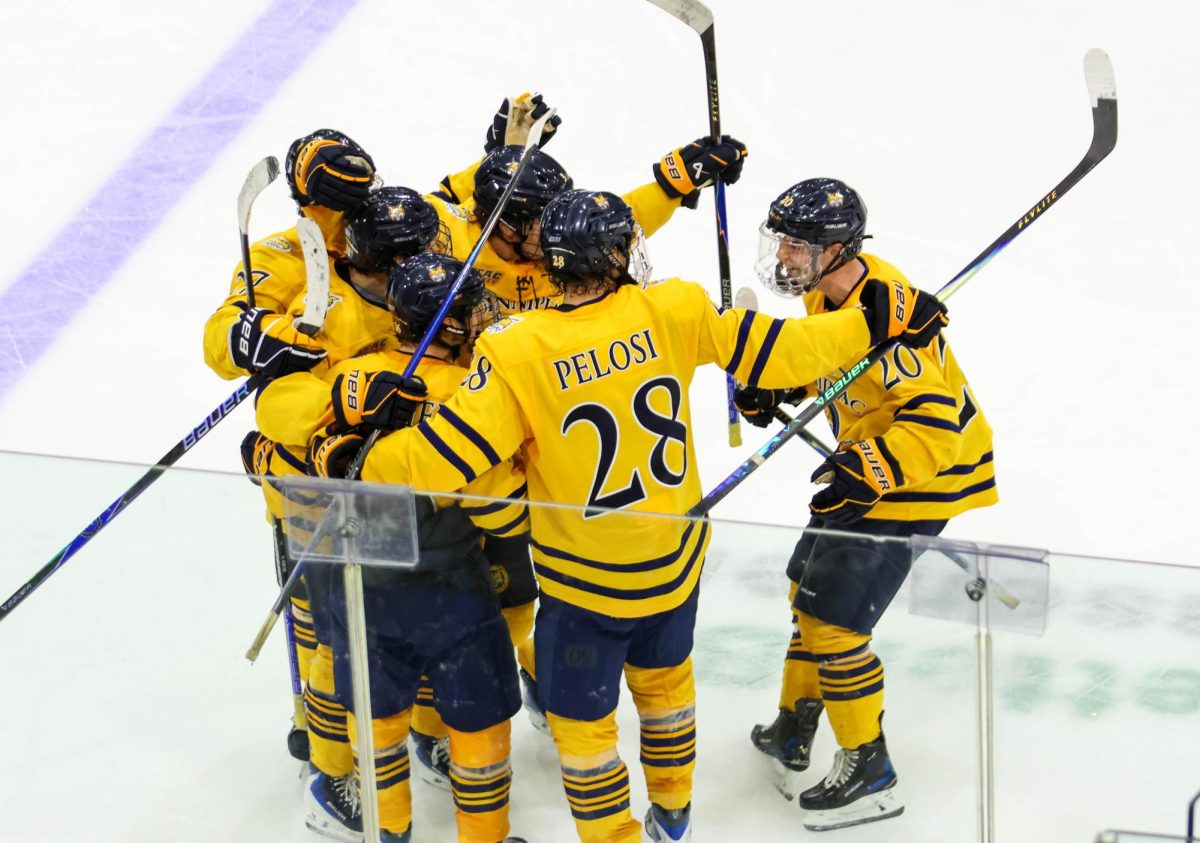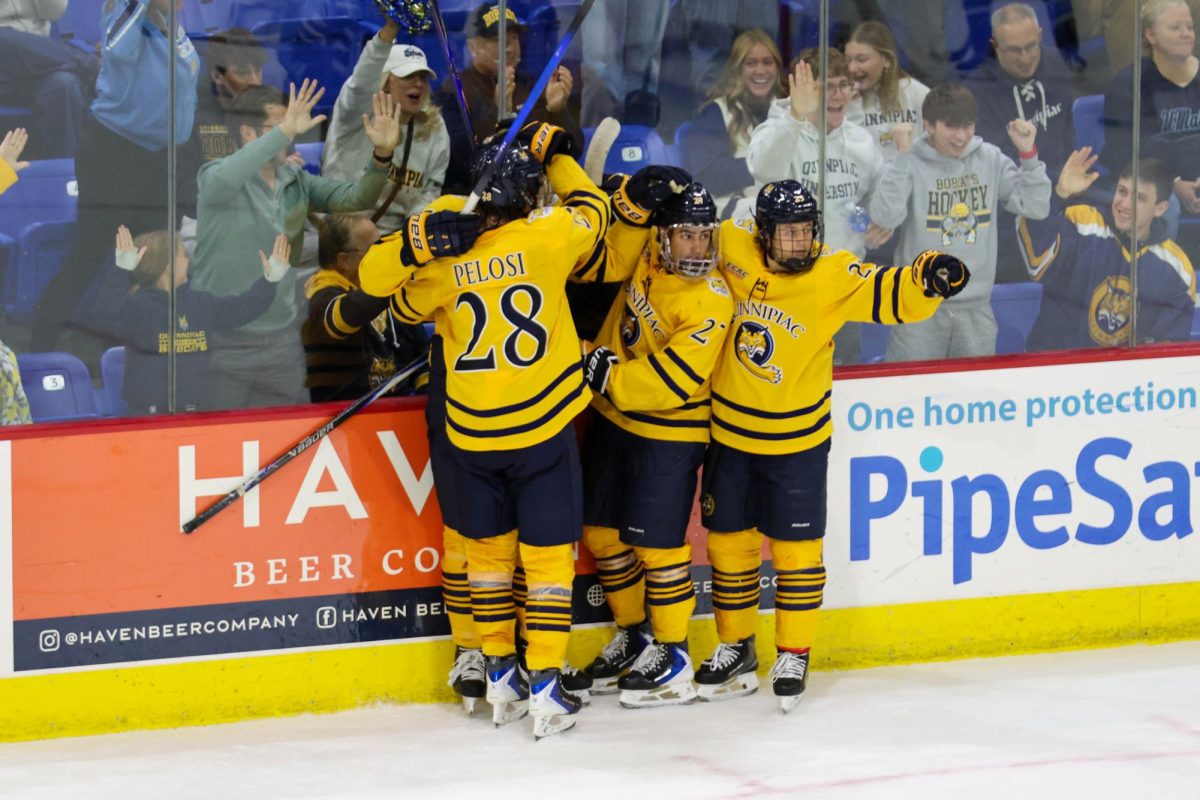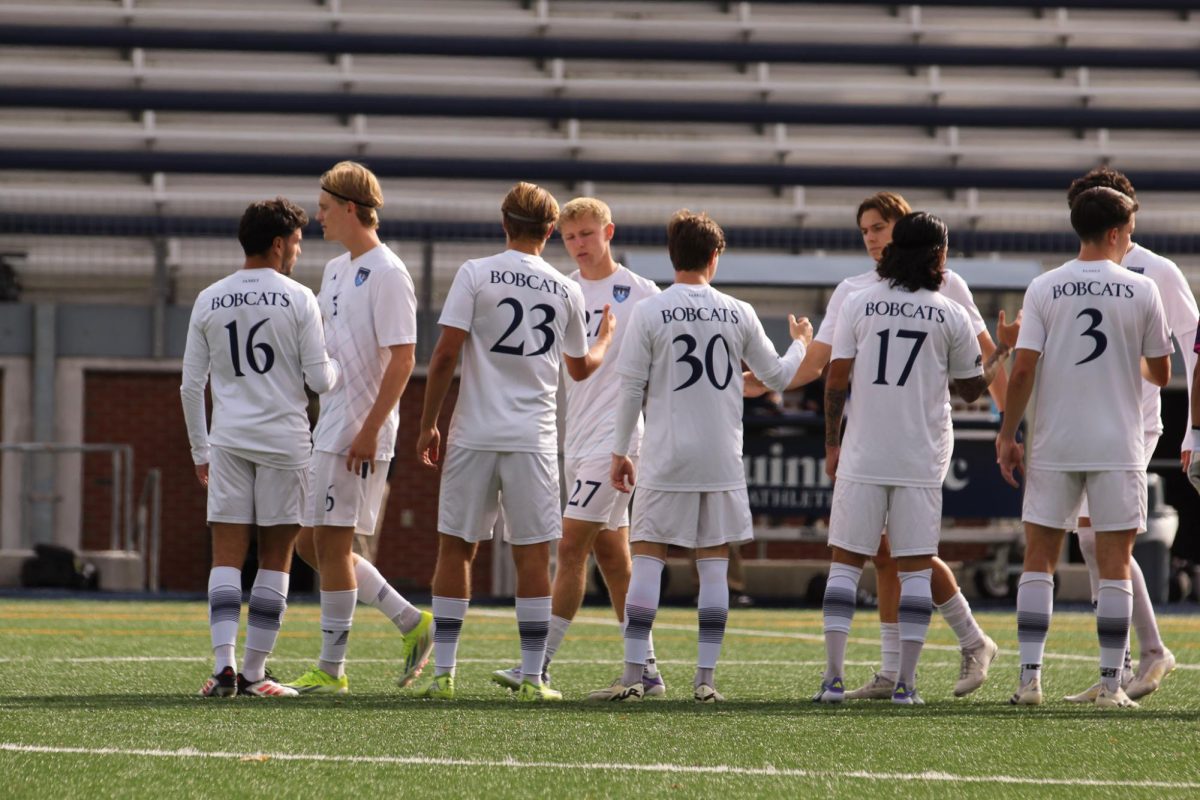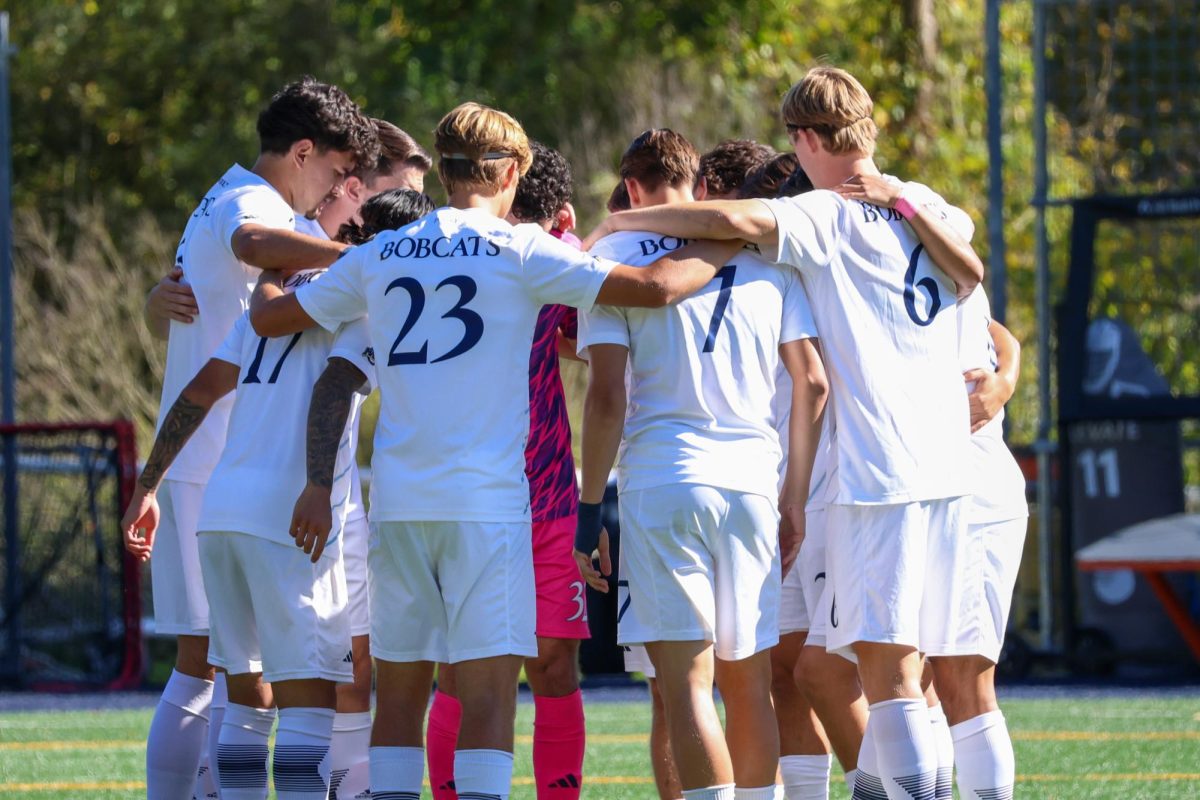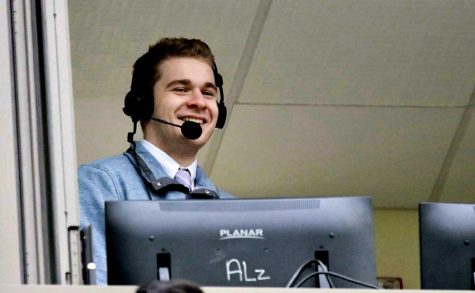Athletes are an interesting bunch. They have weird handshakes with each other. They are incredibly superstitious. They value their gloves, sticks, and shoes over most family members. But maybe the most interesting thing that an athlete has is a story. No matter where you go, from the bright lights of New York City to the snowy roads of northern Japan to the sweltering heats of the Middle East and everywhere in between, each athlete has an individual story to tell that can only be described as “uniquely unique.”
At Quinnipiac University, we are lucky enough to be referred to as “home” by players from all corners of the globe. These athletes, though different in so many ways, share one common quality. The ends of all of their stories (as of right now, at least), is that they are student-athletes. And that’s one thing that we all have in common, regardless of race, athletic prowess, or backstory; we are Bobcats. And Hamden, Connecticut is our den.
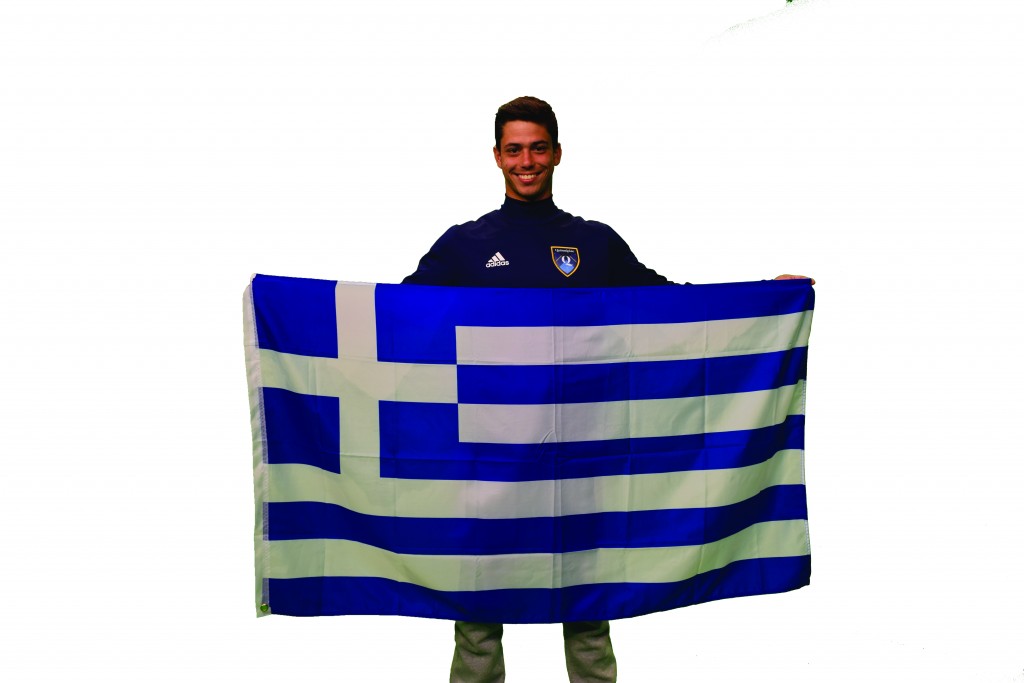
Chyrsostomos Iakovidis
Men’s Soccer, Greece
The fact that Iakovidis is even playing soccer at all is a surprise considering his family history. He was born into a volleyball family, and at the age of five, discovered the game of soccer (or football, as it’s called in Greece and virtually everywhere else). He didn’t let this deter him, however. He quickly found himself in the midst of a rigorous soccer training schedule.
“Everywhere, every day, I would practice. I would have a two-hour practice every day up until when I was 11. I would work hard every day, sometimes before school, sometimes after school, but I was always working…I just started dreaming to play first team, play professionally, and every year I was closer to my dream.”
Iakovidis quickly saw his hard work pay off, as he was not only signed by Aris Thessaloniki, a premier club in Greece, but was also picked up by the U17 Greek national squad, where he recorded a clean sheet against Turkey in his debut. Now, Iakovidis is working hard to bring everything from his short time in professional soccer to Quinnipiac.
“The only thing you leave behind when you are a goalie is your mistakes,” Iakovidis said. “I’m just working on everything I can bring here.”
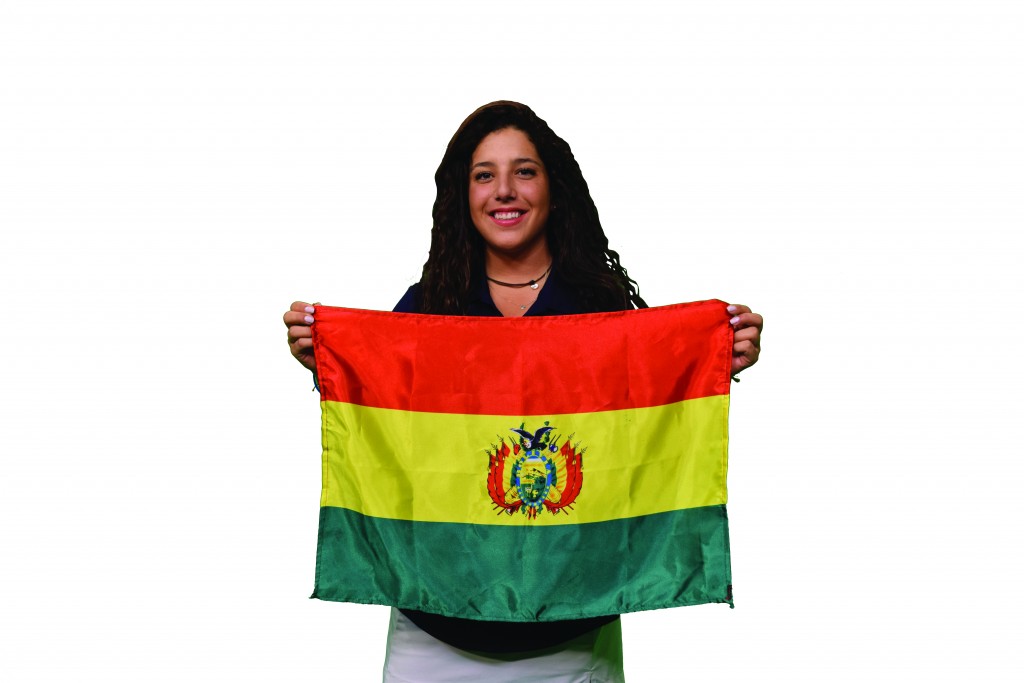
Luciana Tobia-Palza
Women’s Golf, Bolivia
Luciana Tobia-Palza was born into a golfing family but was a two-sport athlete up until the tenth grade. Not only did she get involved in golf because of her older brother, but she also excelled on the soccer pitch – until she was forced to make a decision regarding her future career. Tobia-Palza knew that she could only carry on with one in order to have the maximum success, and she decided to choose the sport that had already been in the family.
“I thought I had more opportunities [playing golf] being international, being a woman, there’s not much competition with golf. I was ranked, so I decided to go with golf,” Tobia-Palza said on her decision. “And you don’t really get injured as much, which is one of the pros…I continued with it, and I started to win. That’s what kept me motivated, and I went from there.”
Tobia-Palza also had a very difficult training regimen, but she was blessed with the fact that her practice golf course was right across the street from her childhood house.
She quickly saw herself moving from La Paz, Bolivia, to IMG Academy in Bradenton, Florida. After two successful high school seasons, she moved north to Hamden, Connecticut. One of the bright spots that she noticed in NCAA golf is the true sense of both an individual and a team sport, saying, “You always want to succeed as a team and you have the opportunity to succeed individually as well. Now, it’s not only on you but you have an entire group of girls who depend on you for playing well.”
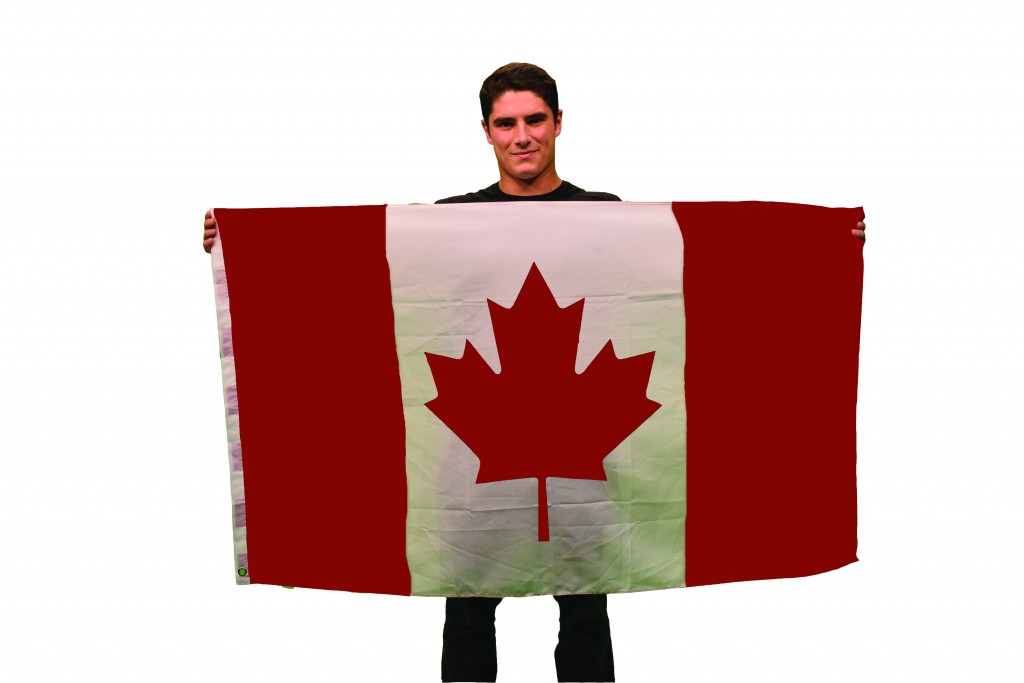
Riley Palmer
Men’s Lacrosse, Canada
For Riley Palmer, his love for the game stemmed directly from his older brother. “I grew up around [lacrosse] my whole life. My brother was five years older than me so he kind of started the whole thing, and I’ve just been playing it ever since,” he said.
Most of Palmer’s training actually came in the form of box lacrosse, an indoor, quicker-paced version of lacrosse usually played in a hockey rink.
“It was box, so it was a little different playing in a rink. But it was the same concept,” Palmer said. “We had an hour and a half practice, go out and run around, practice whatever you need to practice, but other than that, there’s really no difference [between Canadian practice and American practice].”
One big difference between the Canadian game and the American game that Palmer points out is the culture. Lacrosse in America, despite having been rapidly on the rise in the past 15 to 20 years, is still nowhere near the popularity level of lacrosse in Canada.
“It’s definitely more popular [in Canada], it’s just what you do in the summer, it’s more common than down here. It’s great, the community up there, the lacrosse community, everyone knows each other and everyone gets along. They just love the sport.”



